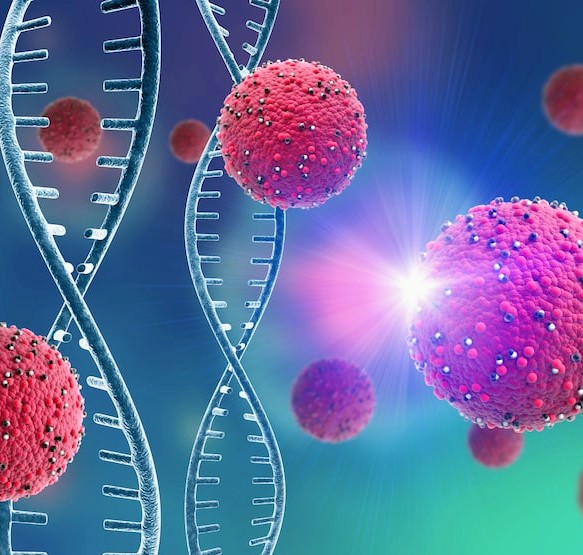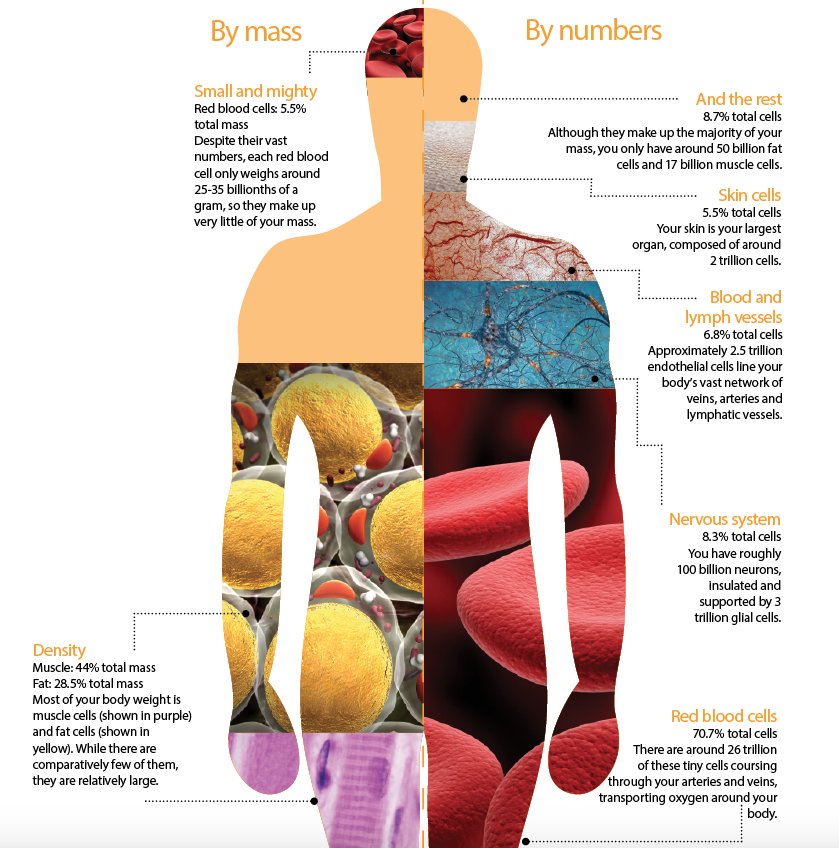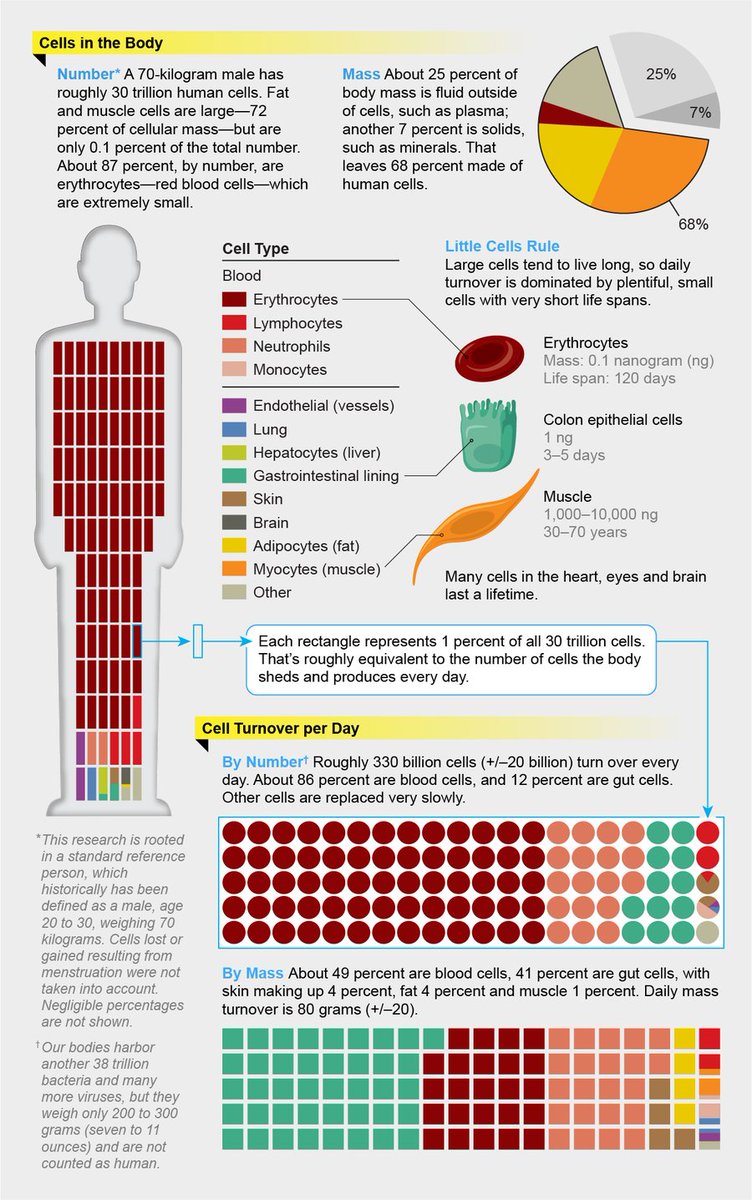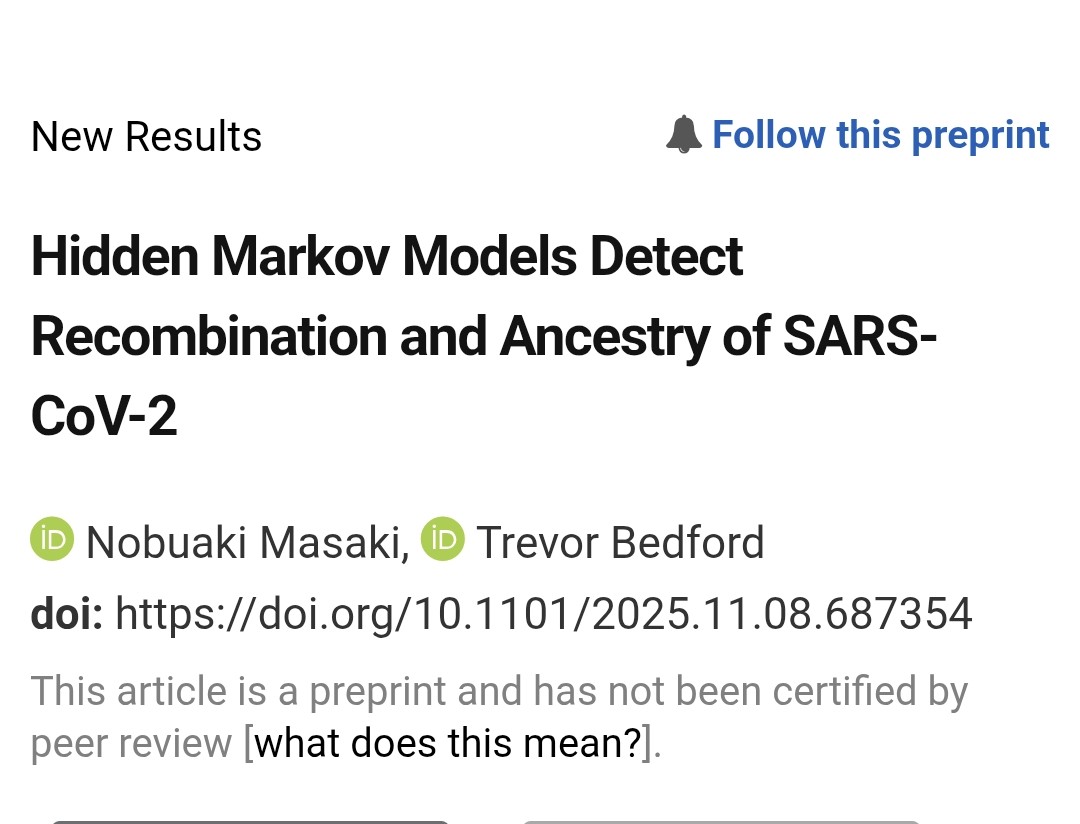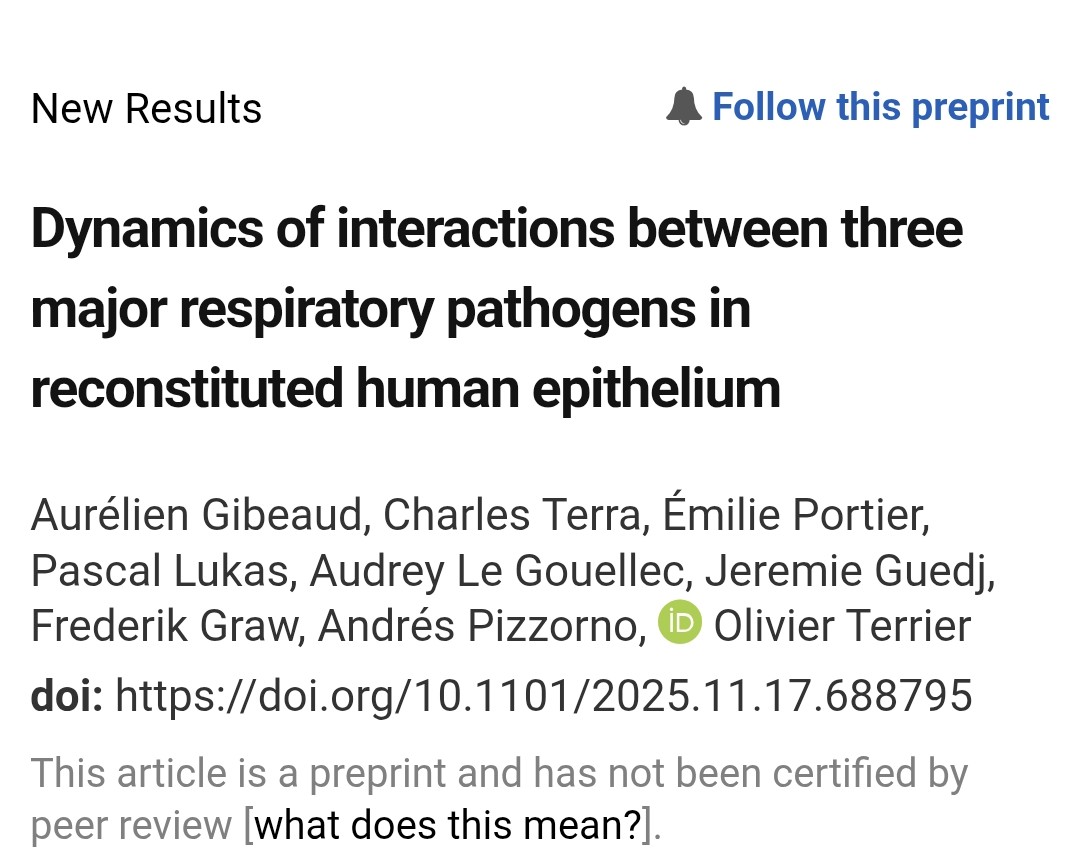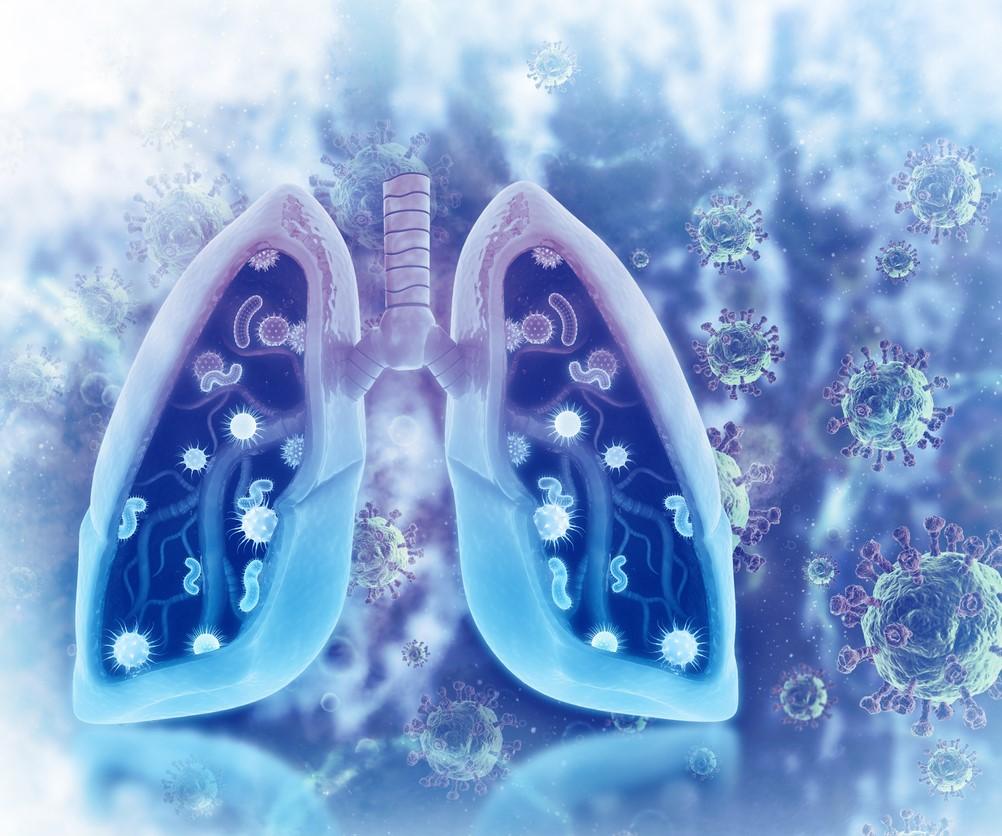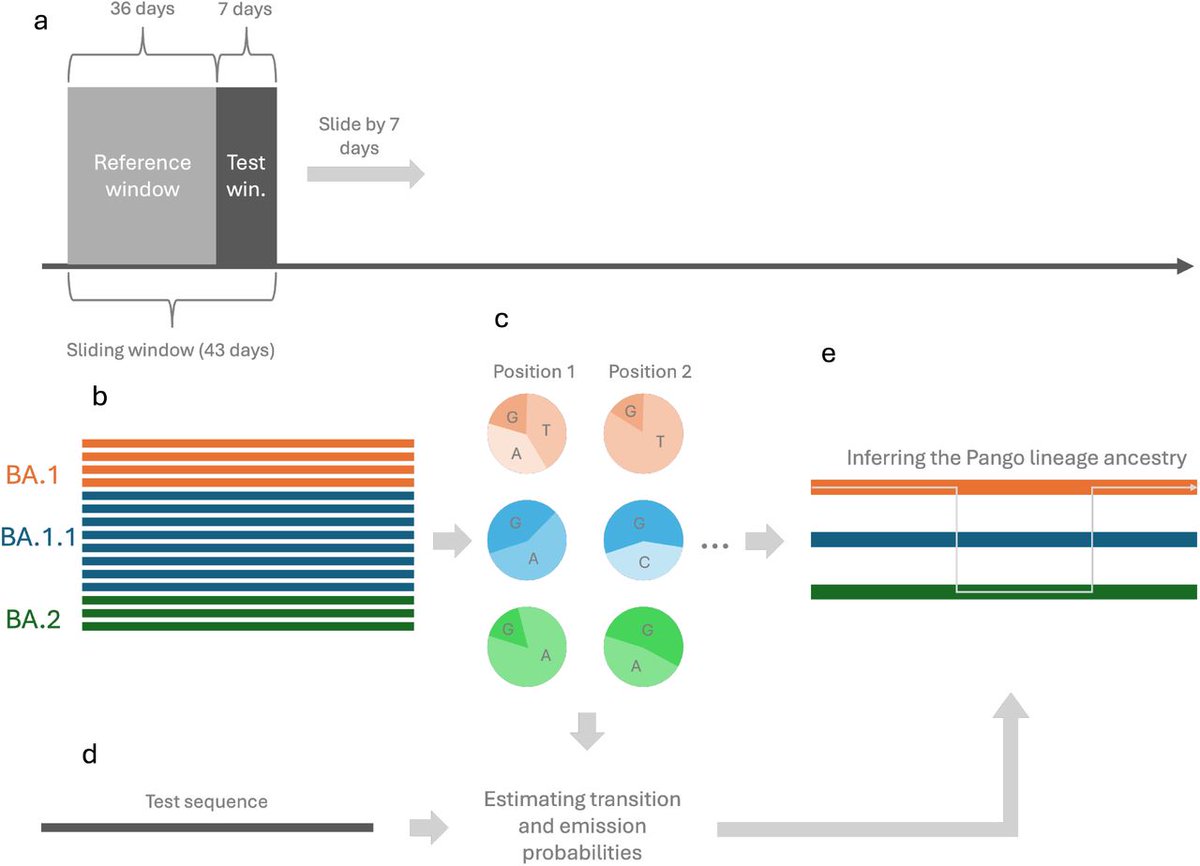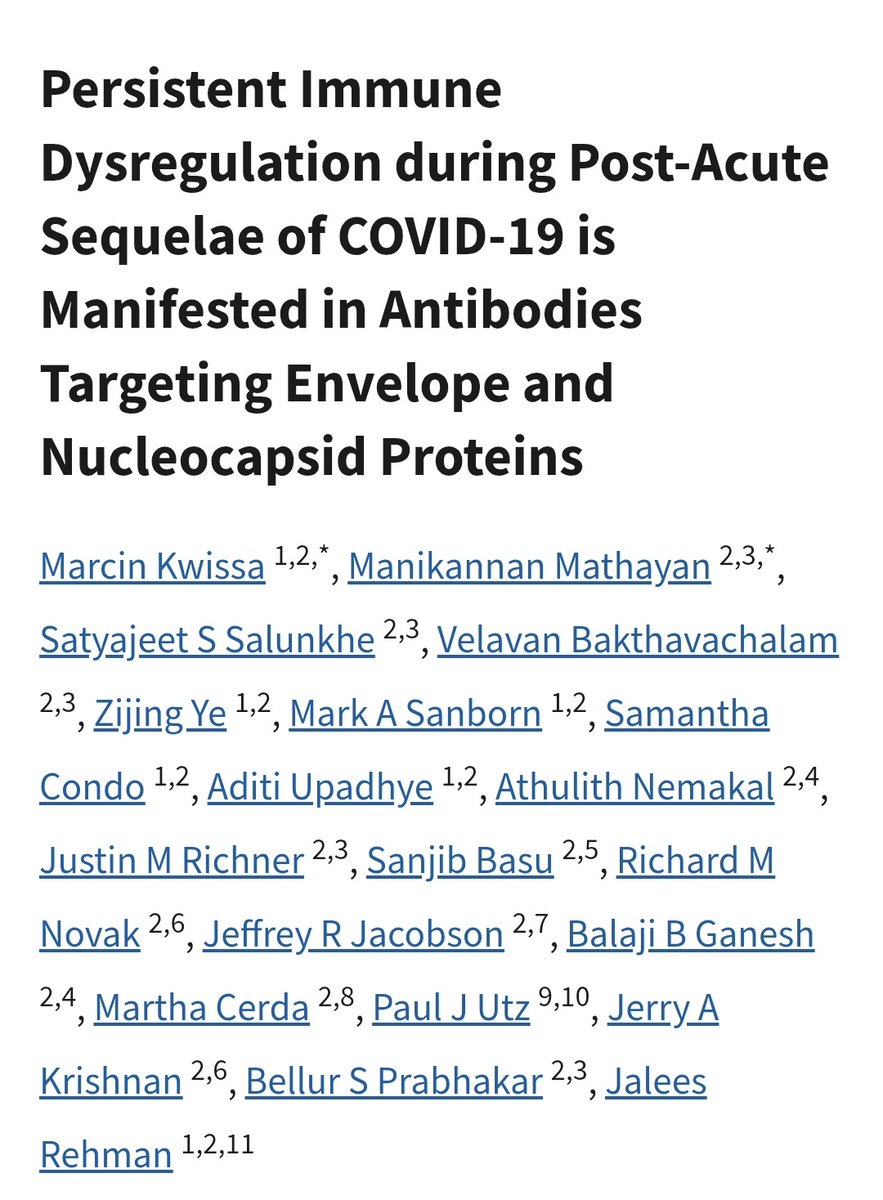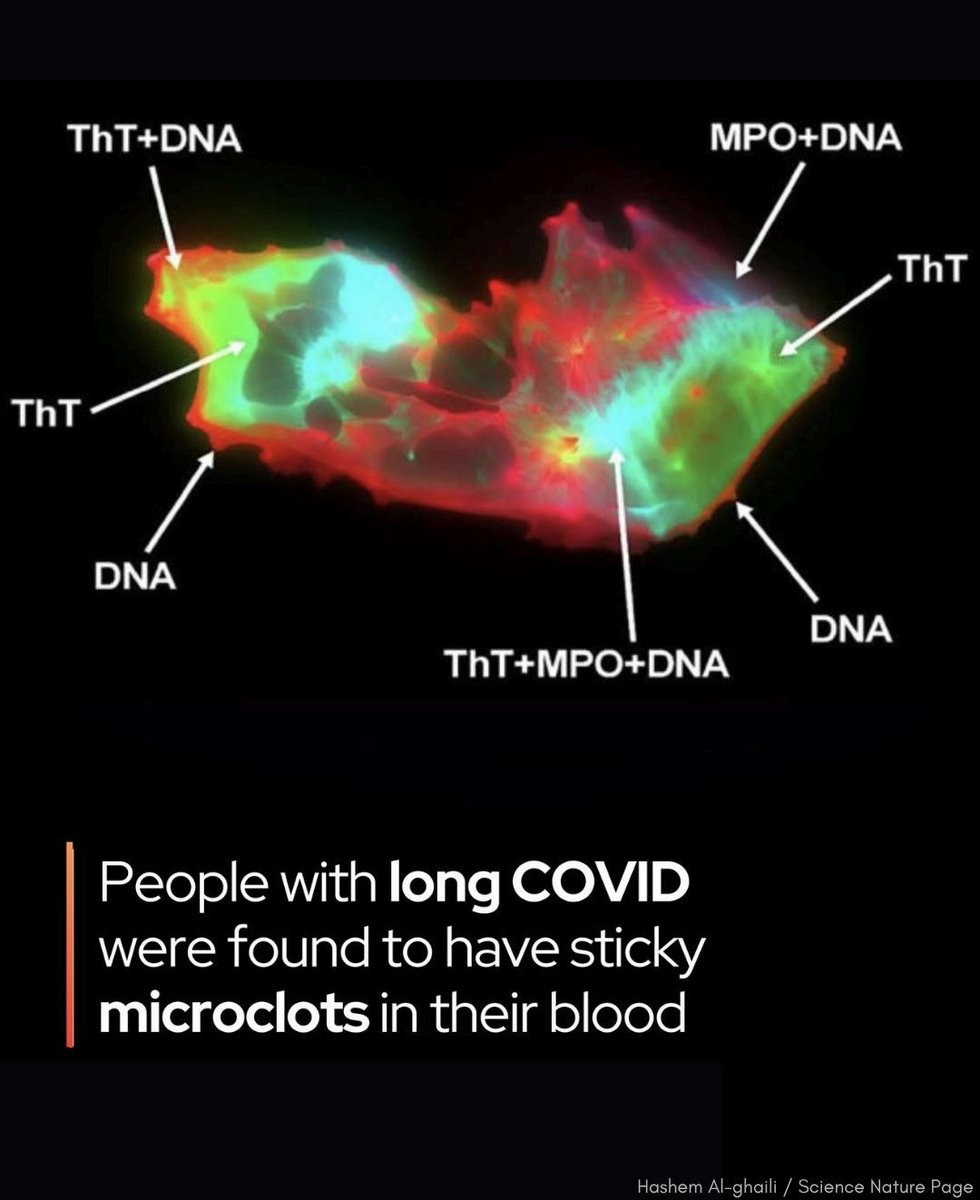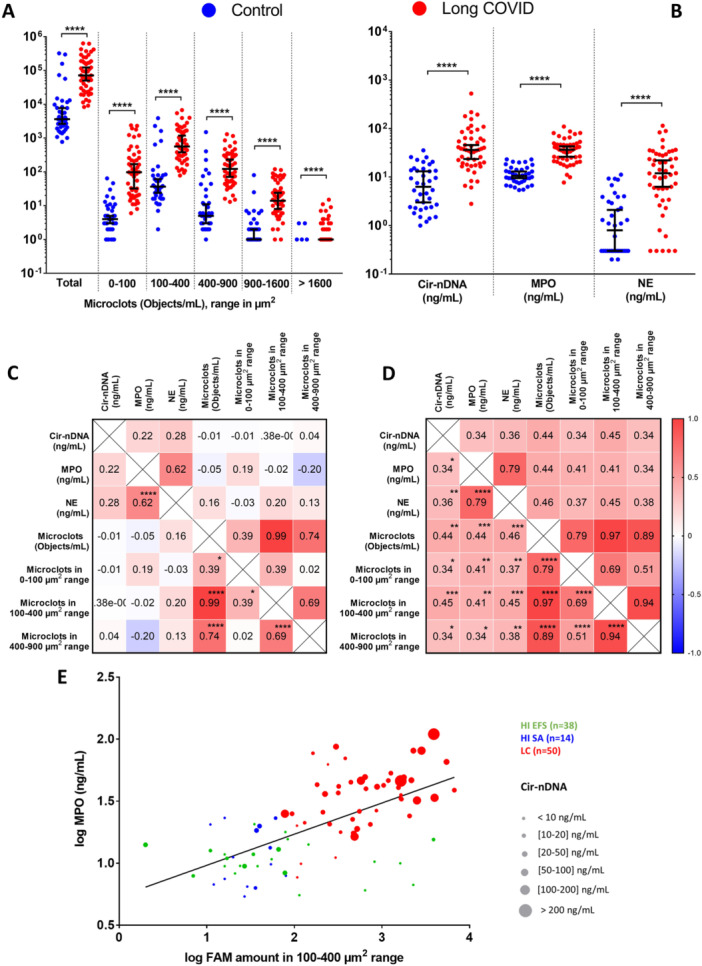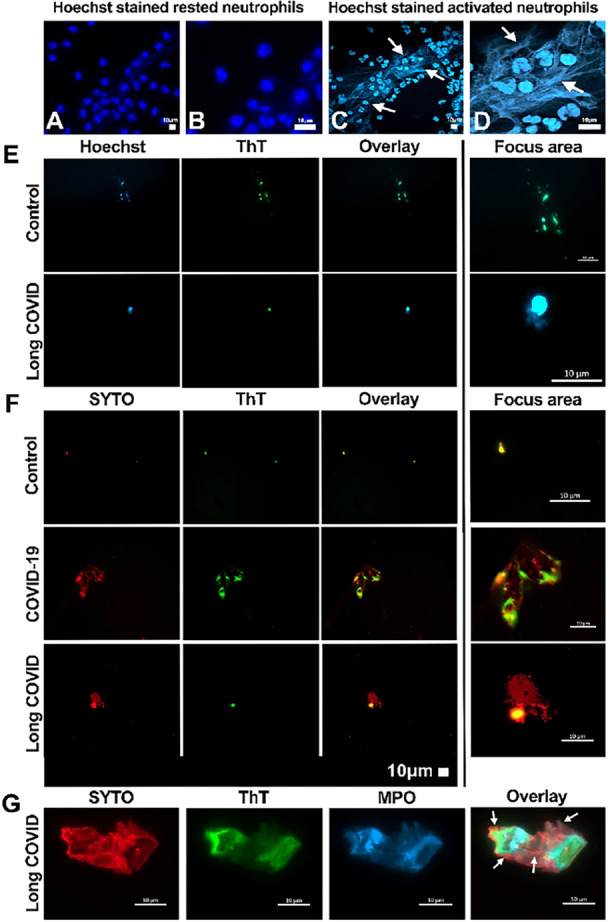The SILENT PANDEMIC: Emergent ANTIBIOTIC RESISTANCES following the global response to SARS-CoV-2
SUMMARY :
The overuse and misuse of antibiotics during the pandemic may lead to the development of resistant bacterial strains. This is particularly concerning as ...
SUMMARY :
The overuse and misuse of antibiotics during the pandemic may lead to the development of resistant bacterial strains. This is particularly concerning as ...

2) ... antibiotic resistance is a growing global threat and could lead to a silent pandemic that is just as deadly as COVID-19. The study emphasizes the need for appropriate use of antibiotics and the development of new antimicrobial therapies to combat emerging resistant strains 

6) DISCUSSION
The increased use of antibiotic therapeutics during this pandemic is anticipated to result in the rapid emergence of novel, deadly, AMR pathogens. This crisis will only be mitigated by an active communication to the public about the risk of these infections
The increased use of antibiotic therapeutics during this pandemic is anticipated to result in the rapid emergence of novel, deadly, AMR pathogens. This crisis will only be mitigated by an active communication to the public about the risk of these infections

7) Thanks for reading 🙏
FYI
@MeetJess @white_bite @LauraMiers @DavidJoffe64 @HarrySpoelstra @xabitron1
FYI
@MeetJess @white_bite @LauraMiers @DavidJoffe64 @HarrySpoelstra @xabitron1

• • •
Missing some Tweet in this thread? You can try to
force a refresh





